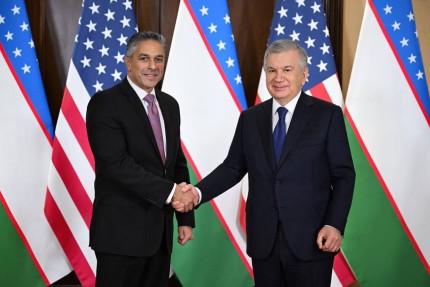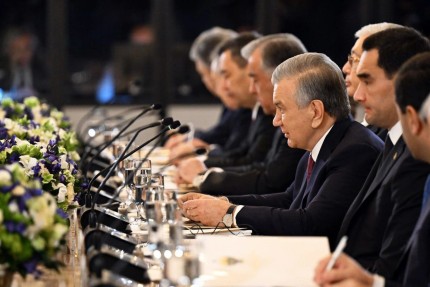The Central Bank has deliberately allowed greater volatility (fluctuations) in the exchange rate in order to form more realistic expectations among market participants, the governor of the Central Bank Timur Ishmetov said at a press conference today.
The International Monetary Fund previously noted that Uzbekistan had positively responded to the recommendation to give more freedom to the Uzbek soum. Since April, the soum’s fluctuation range has widened almost fourfold: if in January-April the rate changed by an average of 12.2 soums per day, then after April 18 - by 47.5 soums.
“Recently, we have slightly changed the exchange rate policies - fluctuations are starting to increase a little,” he said.
According to him, for many years the exchange rate has remained in a relatively narrow corridor, which has formed stable expectations among market participants, especially banks and businesses.
"Market participants - primarily banks and businesses - have formed certain expectations: that the rate will grow by a certain percentage every year, or, even if it falls a little, it will still grow later," he noted.
The governor Ishmetov emphasized that the formation of such expectations and "templates" affects the behavior of economic agents.
"Now we believe that an increase in the degree of fluctuations will also contribute to a more realistic formation of expectations for the exchange rate and, accordingly, can affect the level of dollarization," Timur Ishmetov added.
The IMF believes that the transition to greater exchange rate flexibility will provide more reliable protection against shocks. This will also help to:
- keep international reserves,
- stimulate companies to hedge currency risks,
- increase the effectiveness of transmitting monetary policy signals,
- and avoid persistent expectations of devaluation.
The Central Bank was also recommended to limit currency interventions to cases related to compliance with the principle of neutrality, when the regulator sells foreign currency in a volume equivalent to the volume of gold purchased from local producers in order to neutralize the impact of these operations on liquidity.















